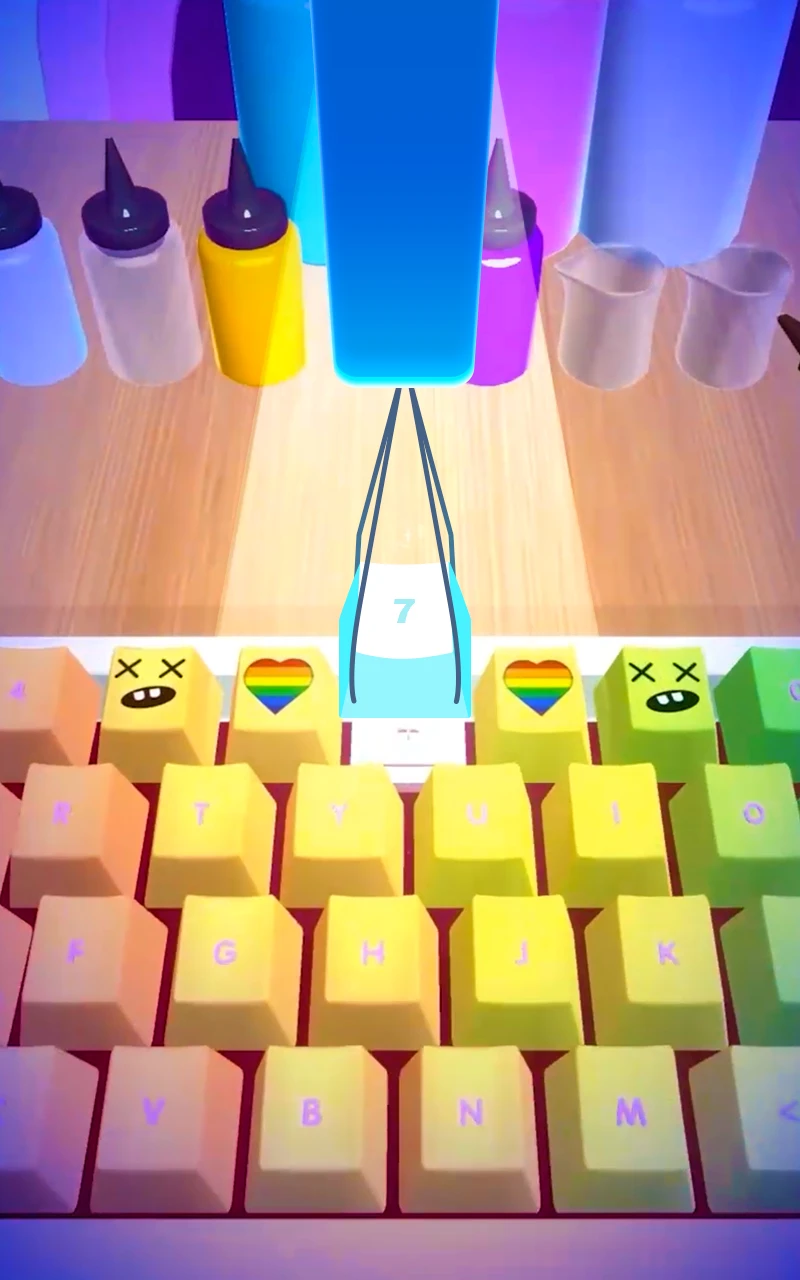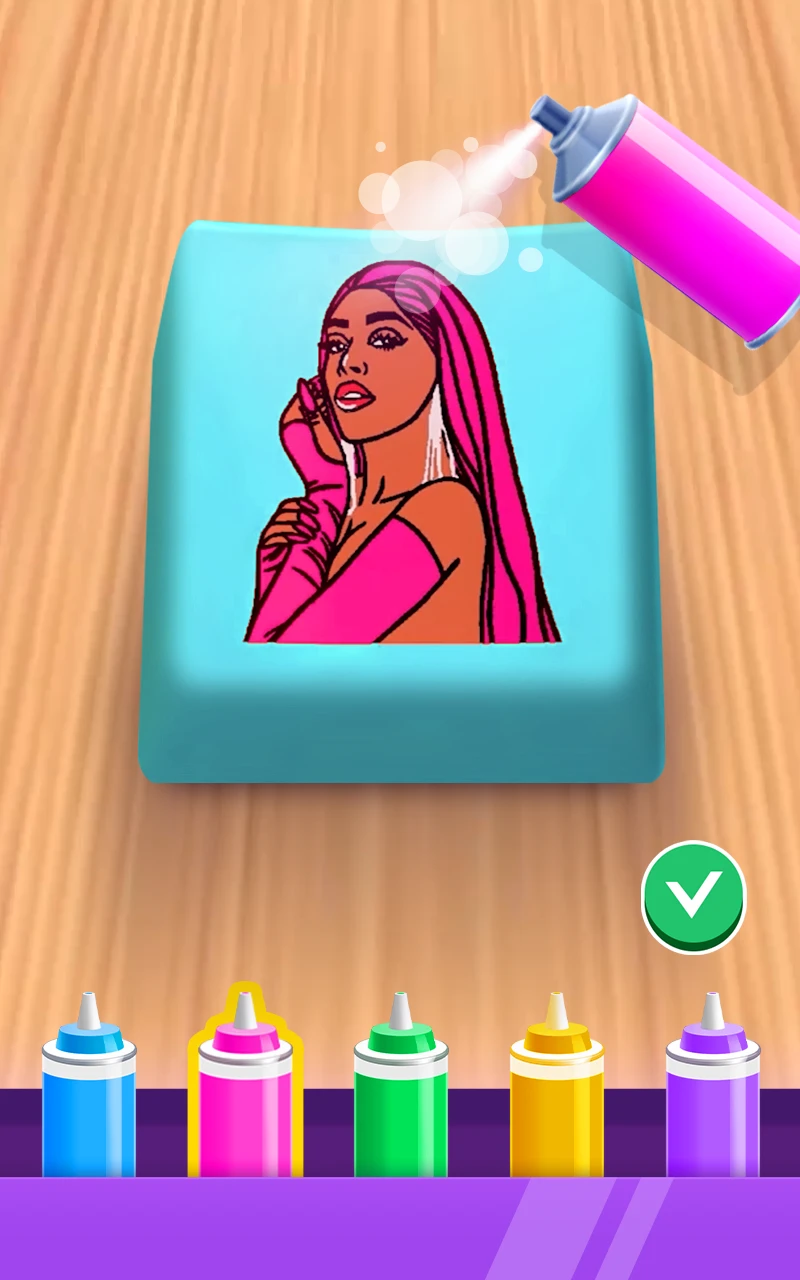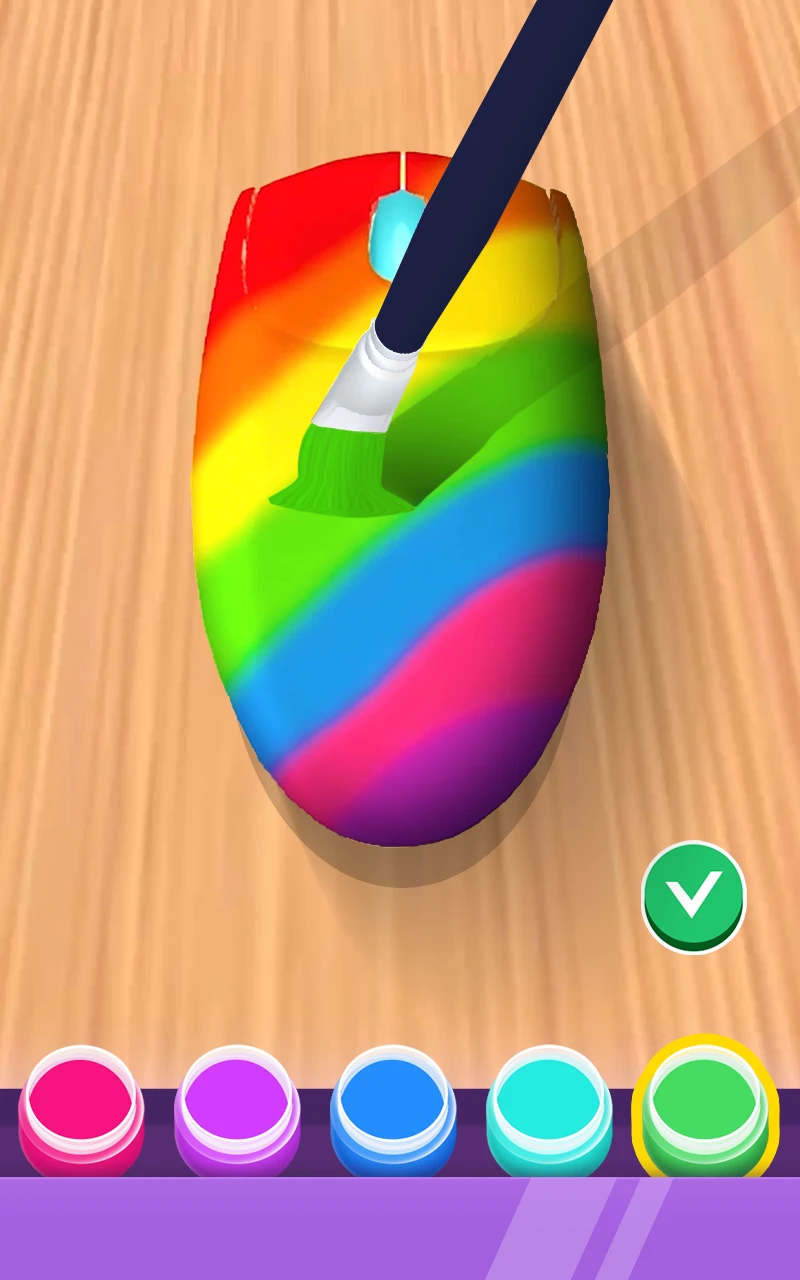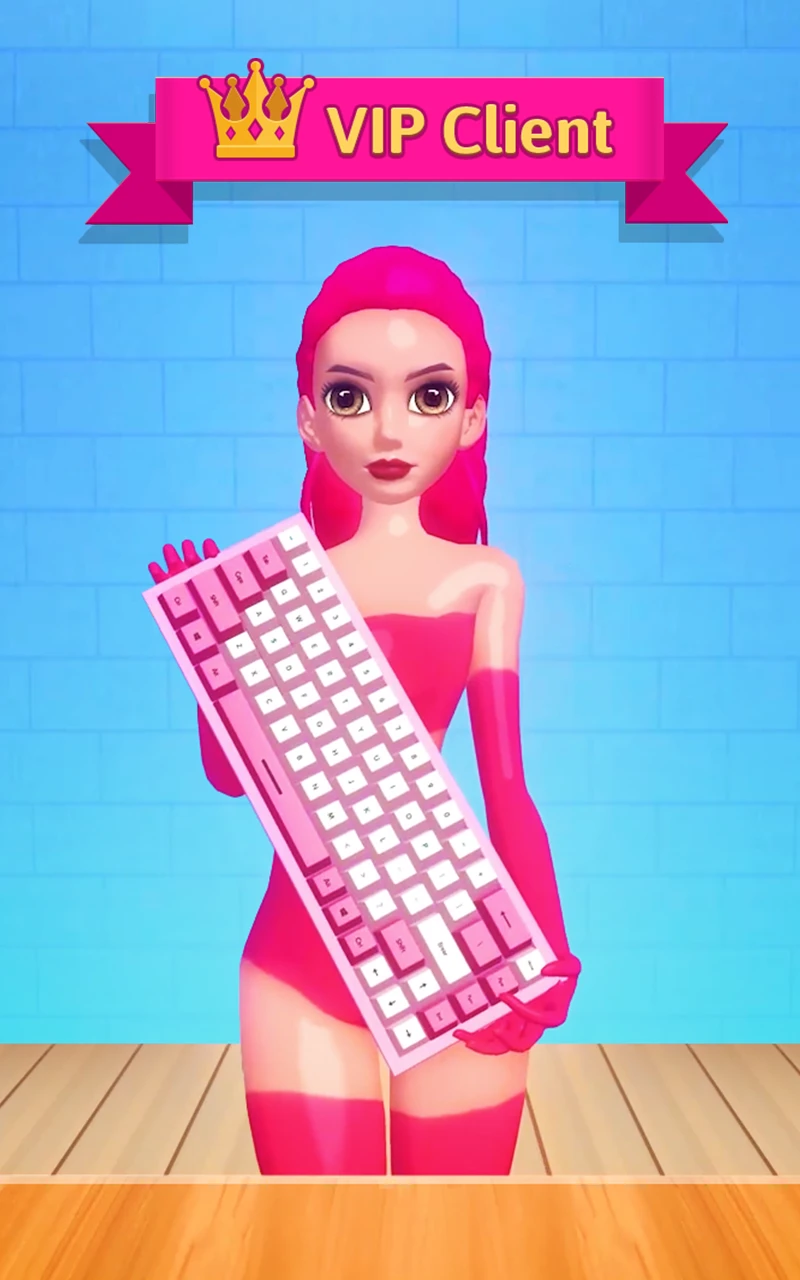 |
|
| Rating: 4.6 | Downloads: 50,000,000+ |
| Category: Simulation | Offer by: CrazyLabs LTD |
The “DIY Keyboard” game is an escape room adventure where players solve puzzles using their physical environment and typing skills to uncover secrets and progress within a thrilling mystery genre. Its unique appeal lies in blending physical interaction with digital gameplay, creating an engaging and immersive experience that is distinct and captivating.
“DIY Keyboard” offers a storyline appeal centered around unraveling a complex narrative tied to an old typewriter found in an antique shop, leading players on a journey filled with hidden clues. The gameplay experience combines exploration with text-based puzzle-solving, requiring players to carefully observe their surroundings and use their keyboard strategically to decipher codes and unlock pathways.
Gameplay and Features
- [Core Gameplay Loop]: The core loop involves exploring a themed room environment, discovering physical clues, and using your keyboard to type codes, messages, or commands found on-screen to unlock doors, containers, or reveal information, thereby advancing the story and escaping the room within a limited time or attempts.
- [Visuals or Art Style]: Expect atmospheric visuals with a muted color palette often featuring shadows and highlights to enhance tension, combined with clean UI elements. The graphics style is typically low-poly or stylized, focusing on creating an immersive escape room setting using detailed textures and subtle animations for found objects.
- [Modes or Levels]: The game likely features a campaign mode with multiple escape scenarios, each containing unique puzzles and environments. Single-player mode allows for solo adventure, while potentially future co-op modes could allow playing with a friend remotely or locally, increasing replayability through varied room designs, increasing difficulty tiers, and a collection of unlockable items or endings upon completion.
- [Controls or Interface]: Gameplay primarily relies on keyboard input (typing) for solving puzzles. Movement might be handled via mouse or on-screen controls depending on platform. The interface needs to be intuitive, clearly presenting clues, puzzles, and feedback, ensuring ease of control even after extended play sessions.
- [Customization or Power-ups]: Customization might include choosing different rooms, character appearances, or unlocking visual themes. Progression focuses on skill unlocks or hints earned through gameplay, rather than traditional power-ups. Players are motivated by unlocking new rooms, discovering story elements, and improving their escape efficiency through practice and deduction.
- [Any Special Systems]: The “DIY” aspect might imply a system where players can customize their keyboard layout or shortcuts within the game for specific puzzles, adding a layer of personalization and strategic depth to how they tackle challenges.
How to Play
Beginner’s Guide:
- Step 1: Download the game from its official website or app store. Install and launch the application, ensuring your keyboard is connected and recognized.
- Step 2: Begin by exploring the central escape room. Look for objects, notes, or symbols (clues) on your screen or within the environment. Start typing the code provided to open the first puzzle box or door.
- Step 3: As you progress, decipher more complex puzzles by typing commands or messages based on clues. Your success is measured by completing escape sequences; focus on observation, pattern recognition, and managing your limited attempts and time.
Pro Tips:
- Always re-examine the room and your collected clues before attempting a puzzle, especially after failing; solutions can sometimes involve combining elements or thinking outside the box.
- Pay close attention to details often found in shadows or reflections, as these can be hidden clues or provide vital information missed initially.
- Practice different typing speeds and accuracy if puzzles require quick input; balancing speed with precision becomes crucial in later levels.
Similar Games
| Game Title | Why It’s Similar |
|---|---|
| The Room Series |
Shares a similar genre or mechanic. Known for fast-paced action and fun challenges. |
| Mystery Case Files |
Appeals to the same type of players. Offers unique levels and stylized graphics. |
| Escape Plan Series |
Popular among fans of “DIY Keyboard”. Has comparable gameplay and replay value. |
Frequently Asked Questions
Q: Is “DIY Keyboard” available on multiple platforms like PC, consoles, and mobile devices?
A: Yes, “DIY Keyboard” is typically designed for accessibility across various platforms including PC (Windows and macOS), popular gaming consoles (like PlayStation and Xbox), and mobile devices (iOS and Android).
Q: How difficult is “DIY Keyboard,” especially the typing puzzle aspect?
A: Difficulty in “DIY Keyboard” is subjective but generally increases progressively. Puzzles start relatively simple to help you learn the core mechanics, while typing challenges become faster and more complex, testing both speed and accuracy. It requires patience and observation.
Q: Can I play “DIY Keyboard” with friends online simultaneously?
A: Standard online multiplayer simultaneous play is not the primary focus of “DIY Keyboard.” However, the game might offer a local co-op mode or a dedicated online multiplayer feature where friends can team up, each using their own devices, to solve puzzles together.
Q: How long does it typically take to complete the main story of “DIY Keyboard”?
A: Completing the primary storyline and escaping through the base game levels usually takes a few hours for a first playthrough. However, exploring all areas, solving optional side puzzles, discovering all secrets, and achieving high scores can significantly increase the overall gameplay time, offering substantial replay value.
Q: Are the puzzles purely about typing, or do they involve other types of interactions?
A: While typing is a central mechanic in “DIY Keyboard,” puzzles are diverse. You will encounter room exploration, object interaction (clicking, dragging, examining items), visual pattern recognition, logic puzzles, and occasionally simple memory or matching games, all complemented by the typing challenges derived from clues.
Screenshots
 |
 |
 |
 |
